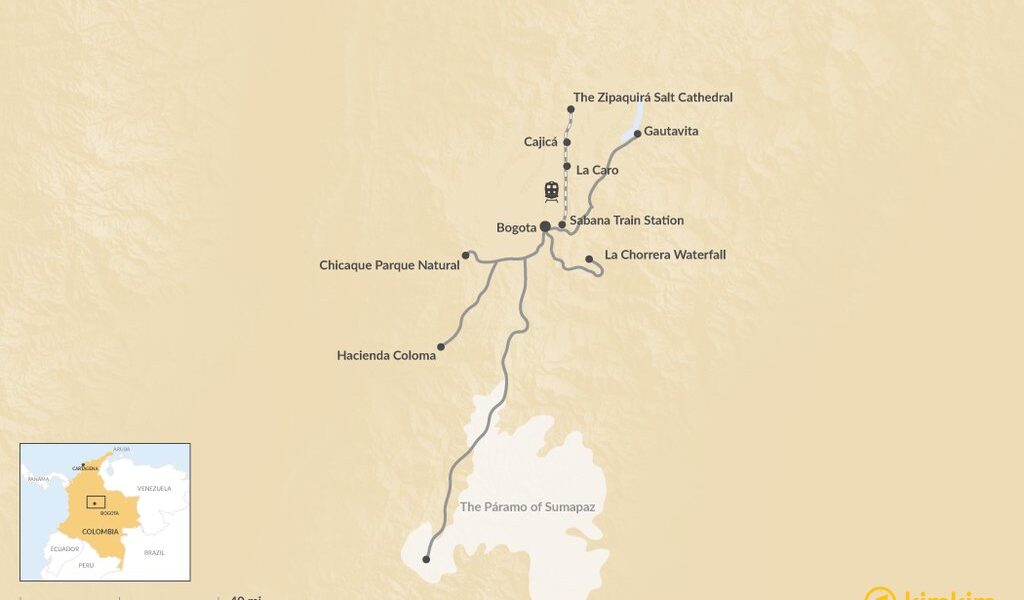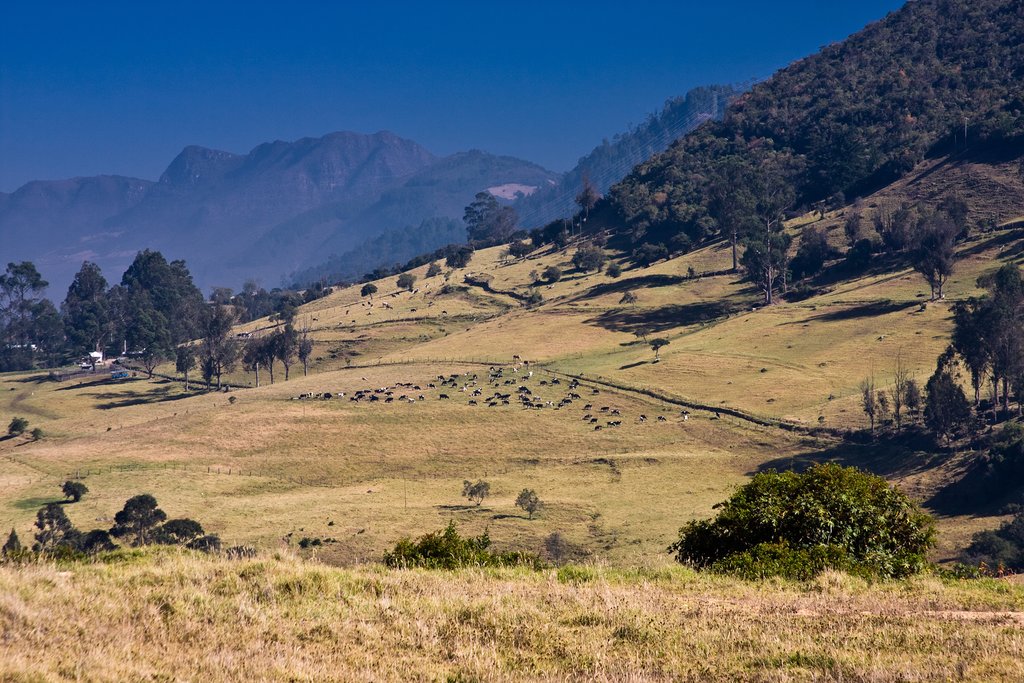
Superb natural and historic destinations surround Bogotá, enough to keep visitors busy for several days. For travelers keen on the outdoors, high altitude air, hikes of varying difficulty and some culture beyond Bogotá, here are a few ideas for day trips around the Colombian capital.
Chat with a local specialist who can help organize your trip.
Overview
Bogotá, a vibrant metropolis nestled high in the Andes, is a city teeming with culture, history, and modern energy. While the city itself offers a wealth of attractions, from its historic La Candelaria district to its world-class museums, the areas surrounding Bogotá are equally captivating. The surroundings of Bogotá offer a diverse range of experiences, promising unforgettable adventures for every type of traveler. The landscapes that cradle Bogotá also have much to offer in the way of natural and mystical attractions – points of interest are still sacred to the indigenous cultures living here prior to the arrival of the Spanish, holding secrets whispered through generations.
Venture beyond the urban sprawl and discover a world of breathtaking landscapes and cultural treasures. You can hop on a classic train, a nostalgic journey in itself, and travel to the Salt Cathedral of Zipaquirá, a marvel of engineering and religious devotion carved deep within the earth. For those who prefer to lace up their hiking boots, there are countless trails leading to cascading waterfalls, meandering through enchanting cloud forests, and traversing the unique páramo (high desert) ecosystems. These high-altitude landscapes offer stunning views and a chance to connect with nature in its purest form. There are also opportunities to spot wildlife at Chicaque, a natural park teeming with diverse flora and fauna. If you like legends, delve into the captivating tales of El Dorado and travel to Gautavita to hunt for the gold that has fueled dreams and inspired countless expeditions.
Most places listed below can be visited on public transportation, making them accessible to budget-conscious travelers. However, the páramo, with its vastness and challenging terrain, is best seen with a guide who can navigate the area and share their knowledge of the local ecosystem. If you are headed to the mountains, remember to pack essential supplies such as snacks, water, and an extra layer of clothing to protect yourself from the unpredictable weather. Prepare for sudden changes in temperature and altitude, ensuring a comfortable and safe adventure.
Route Map
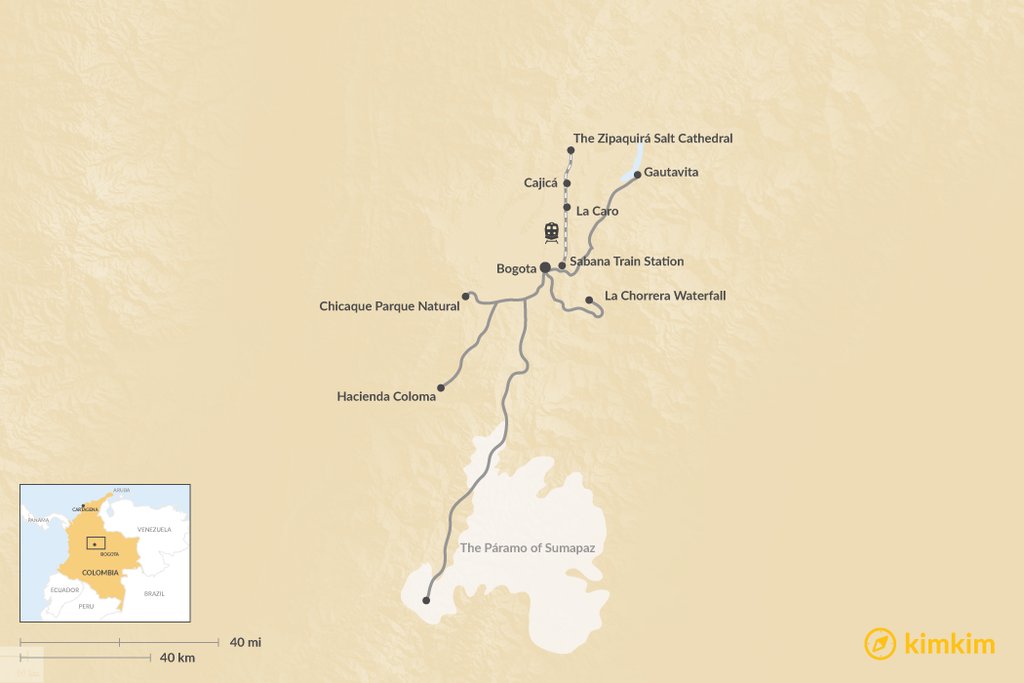
The Zipaquirá Salt Cathedral
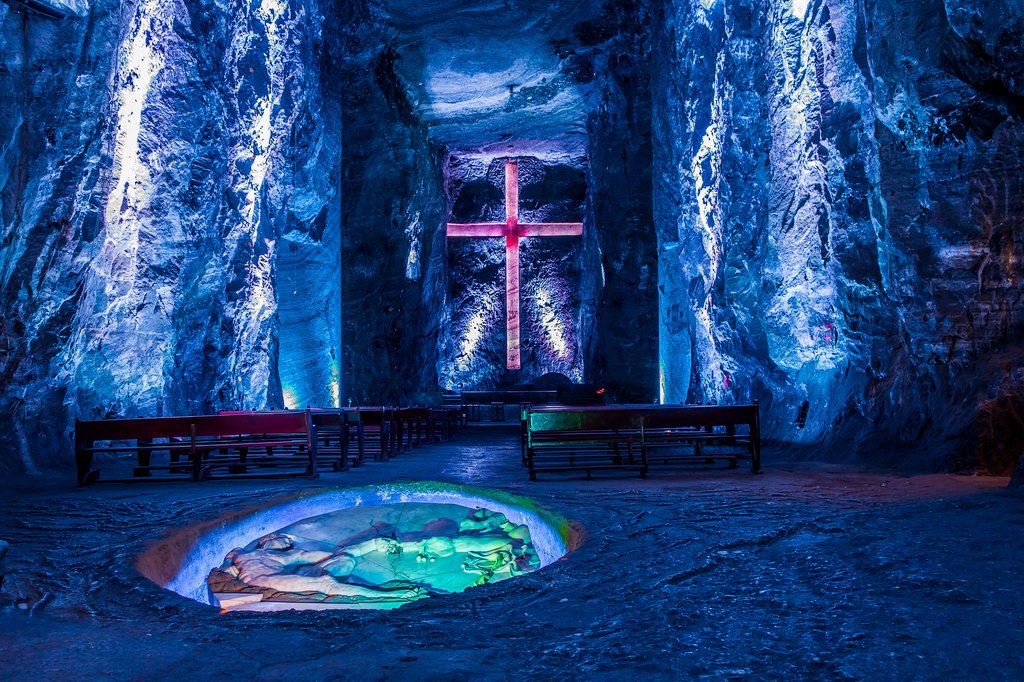
The Zipaquirá Salt Cathedral, a breathtaking architectural marvel located 200m underground in the Cundinamarca region, is undoubtedly one of the must-see tourist attractions when coming to Bogotá. This unique sanctuary, carved into the heart of a salt mine, offers a profound spiritual and artistic experience. The site was originally a salt mine, a source of wealth and sustenance, built by the indigenous Muisca people, who recognized the value of the region’s abundant salt deposits. In the 1930s, driven by religious fervor and a desire to create a unique place of worship, locals developed the site into a giant cathedral, transforming the dark tunnels into a beacon of faith. Extensive renovations and expansion were done in the 1990s, further enhancing the cathedral’s grandeur and solidifying its place as a national icon.
Pass through the colorfully-lit entrance, a portal into another world, and descend into a series of large rooms, each meticulously carved and adorned with religious symbols. The cathedral contains the Stations of the Cross, powerful representations of Christ’s final journey, depicted through stunning sculptures and intricate details. Marvel at the statues and other religious icons that grace the chambers, each a testament to the artistic skill and devotion of the craftsmen. The final chamber contains a towering cross, a monumental symbol of faith that dominates the space and inspires awe. The journey here is worth it if only to witness this impressive feat of engineering, a testament to human ingenuity and the power of collective vision.
After touring the Salt Cathedral, take a stroll into the Plaza de Bólivar of Zipaquirá, the heart of the town and a gathering place for locals and visitors alike. Take in the colorfully painted balconies on the colonial buildings lining all four sides, admiring the architectural details and the vibrant hues that bring the plaza to life. Soak in the atmosphere of this historic square, where the past and present intertwine, creating a unique cultural experience.
You can also try your hand at the national sport of “Tejo,” a game that embodies Colombian tradition and camaraderie. This game requires a strong arm, eagle eye aim, and a tolerance for beer – no game is complete without a few rounds of local beers, adding to the festive atmosphere. Participants are expected to throw a metal disk, known as a “tejo,” a distance of roughly 20 meters and hit small envelopes of cordite, referred to as mechas. The satisfying explosion that follows a successful hit is a source of great amusement and celebration. The traditional sport of Tejo dates back to pre-Columbian times, a legacy of the indigenous cultures that once thrived in this region, and is still widely practiced today, a testament to its enduring appeal.
The game is played in the afternoons daily except Monday, offering a chance to experience this unique cultural tradition. Ask directions to the nearest Cancha de Tejo, a dedicated Tejo hall, as there are several in central Zipaquirá. Engage with the locals, learn the rules of the game, and immerse yourself in the vibrant atmosphere of this beloved Colombian pastime.
- Where: Zipaquirá is roughly 57km north of Bogotá, easily accessible by bus or train.
- When: Most agencies typically offer a morning departure to the Salt Cathedral, leaving before the capital’s notorious traffic jams, ensuring a smooth and timely arrival.
- Duration: Full day, including the visit to the Salt Cathedral and exploration of Zipaquirá, allowing ample time to discover the town’s other attractions and soak in its cultural charm.
Turistren de la Sabana
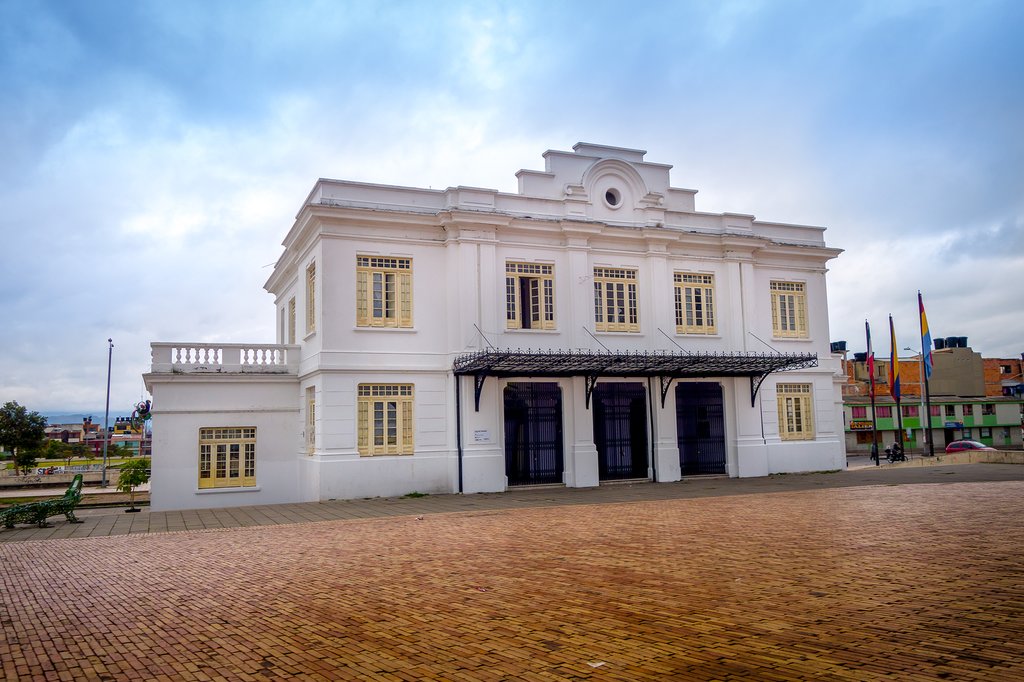
The Turistren (tourist train), an antique steam-powered train that evokes a sense of nostalgia and adventure, is the most interesting way to travel to Zipaquirá. The train, which travels on Saturday and Sunday, offering a weekend escape from the city, leaves in the early morning from the neoclassical and imposing Sabana Train Station in downtown Bogotá, a landmark that reflects the city’s rich history. The journey passes through Usaquen in Bogotá’s north, a charming neighborhood known for its cobblestone streets and colonial architecture, the towns of La Caro and Cajicá, each with its own unique character and local flavor, before reaching the final destination of Zipaquirá.
The journey is only 57km but takes around 3 hours, a leisurely pace that allows you to savor the scenery and immerse yourself in the experience. A musical troupe wandering up and down the wagons injects an energy into all travelers, perhaps somewhat lethargic due to the early start, filling the air with traditional Colombian music and creating a festive atmosphere. Despite the slowness of the train, it’s a great way to see Bogotá’s neighborhoods and some lovely countryside outside the city, offering a glimpse into the region’s diverse landscapes and rural life.
- Where: Sabana Train Station, a historic landmark in downtown Bogotá.
- When: The Turistren runs on Saturday, Sunday and public holidays and leaves at 8.15am, allowing you to make the most of your weekend getaway.
- Duration: Full day. A return from Zipaquirá to the Sabana Train Station arrives at approximately 5.30pm. It’s also possible to return by bus, providing a faster alternative for those with time constraints.
Gautavita
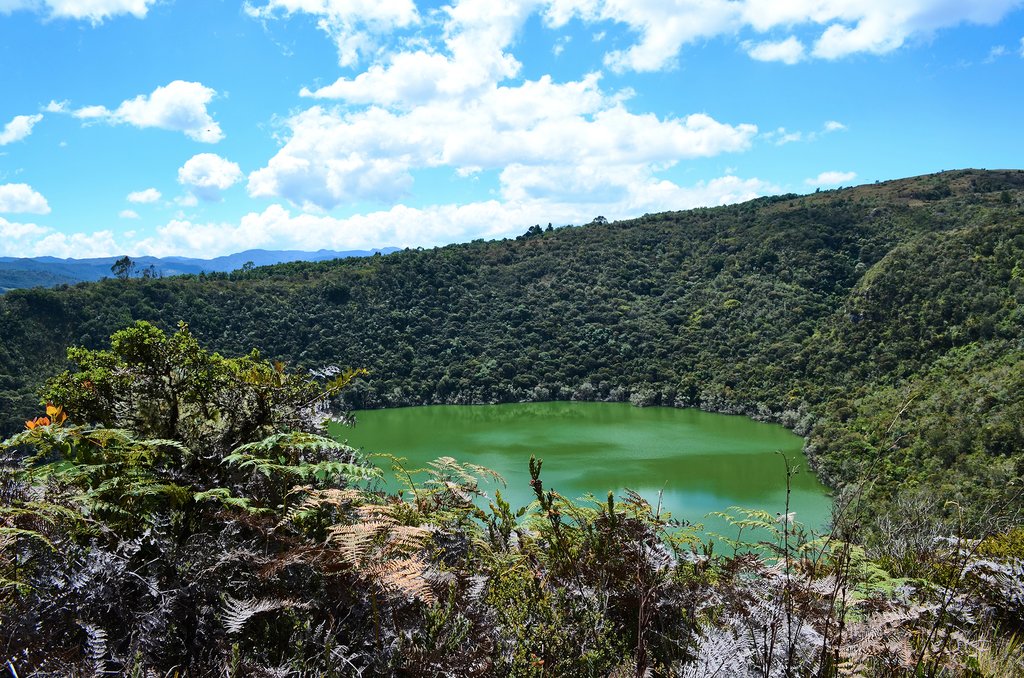
Pack a raincoat, as the weather in the mountains can be unpredictable, and prepare yourself for a short, high-altitude ramble at 3100 meters above sea level to contemplate the legend of El Dorado at the sacred lake of Guatavita. This mystical lake, shrouded in mist and steeped in history, holds a special place in Colombian folklore. Providing us with what is potentially the most realistic claim to being the source of the El Dorado legend, the lake is an ancient and sacred ceremonial site for the Chibcha people, who revered it as a place of spiritual significance and connection to the divine.
Each time a new cacique (leader) was named, a ceremony was performed where the individual in question would be covered in gold dust, transforming him into a shimmering symbol of power and authority. He would submerge himself into the icy waters of the lake, a ritual cleansing and affirmation of his leadership, while his subjects would share offerings of gold statues by throwing them into the lake, a gesture of respect and devotion. There have been many attempts to drain the water from the lake to recover the presumed wealth, driven by greed and the allure of the El Dorado legend (one involved an attempt to dynamite one side of the lake), but the lake has remained resilient, guarding its secrets and preserving its sacred status.
Gautavita remains a sacred place for locals, a reminder of their ancestral heritage and spiritual connection to the land. The walk up and around part of it reveals a variety of microclimates, each supporting unique plant and animal life, and an otherworldy cornucopia of flora not found at lower altitudes, creating a surreal and enchanting environment. Immerse yourself in the tranquility of the lake, breathe in the fresh mountain air, and contemplate the enduring power of legend and tradition.
- Where: Guatavita lake near to the town of Sesquilé, 75km north of Bogotá, a scenic drive through the Andean landscapes.
- When: Tuesday to Sunday, allowing you to plan your visit around your itinerary.
- Duration: Full day. The journey from Bogotá takes approximately 1.5 hours, providing ample time to explore the lake and its surroundings.
La Chorrera Waterfall
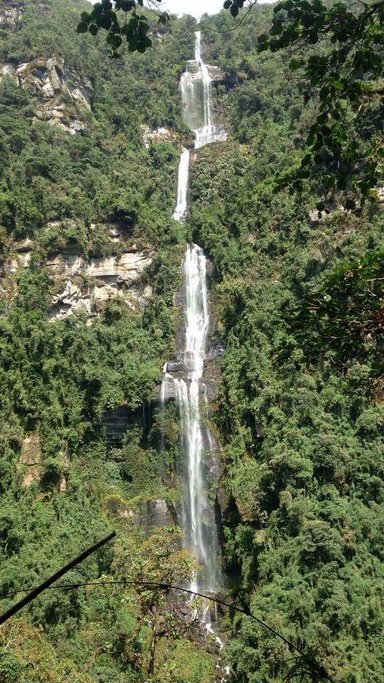
The hike to the 590m high La Chorrera Waterfall, a majestic cascade of water plunging into a lush forest, located close to the town of Choachi, is one of the best day hikes in the Bogotá area. This challenging yet rewarding trek offers stunning views, diverse ecosystems, and a chance to connect with nature. Signs point the way to the trailhead from the main road between Bogotá and Choachi, making it easy to find the starting point of your adventure.
The first part of the hike passes a few farms, offering a glimpse into rural life in the region, before reaching the cloud forest, a mystical realm shrouded in mist and teeming with unique flora and fauna. After about 45 minutes you’ll come to a small restaurant serving basic meals and drinks, a welcome respite to refuel and recharge before continuing your journey. You’ll pass the Chiflon Waterfall, a smaller but equally beautiful cascade, after which the path narrows as it heads up to the main falls. On the way, you’ll catch some nice views of Bogotá, a sprawling metropolis nestled in the valley below. You’ll also spot various species of orchids, birds and other flora and fauna, adding to the richness and diversity of the experience. Take care along the path, which is narrow and slippery in spots, ensuring a safe and enjoyable hike.
The falls drop spectacularly into the forest, creating a thunderous roar and a mesmerizing spectacle, it’s particularly dramatic after a strong rainfall, when the water volume is at its peak. The journey on foot to the falls takes about 2.5 hours, a testament to the challenging terrain and the rewarding experience that awaits.
The hike covers ground at altitudes ranging between 2320m to 2480m above sea level so it is imperative that you are acclimatized before heading out on this adventure, allowing your body to adjust to the thinner air and prevent altitude sickness. And don’t forget with the altitude comes a chill and the possibility of rain. Bring warm clothes and rain gear, preparing for all types of weather conditions. Pack layers to adjust to the changing temperatures and protect yourself from the elements.
- Where: Take a bus heading to Choachi and ask the driver to let you off at the trailhead to the waterfall (you’ll be on the bus for about an hour), a convenient and affordable way to reach your destination.
- Expert tip: Bring rain gear for the hike and a pair of dry socks to change into for the ride back to the city, ensuring comfort and dryness after your invigorating trek.
- Duration: 4-5 hours depending on your fitness, allowing ample time to complete the hike and enjoy the scenery at your own pace.
The Páramo of Sumapaz
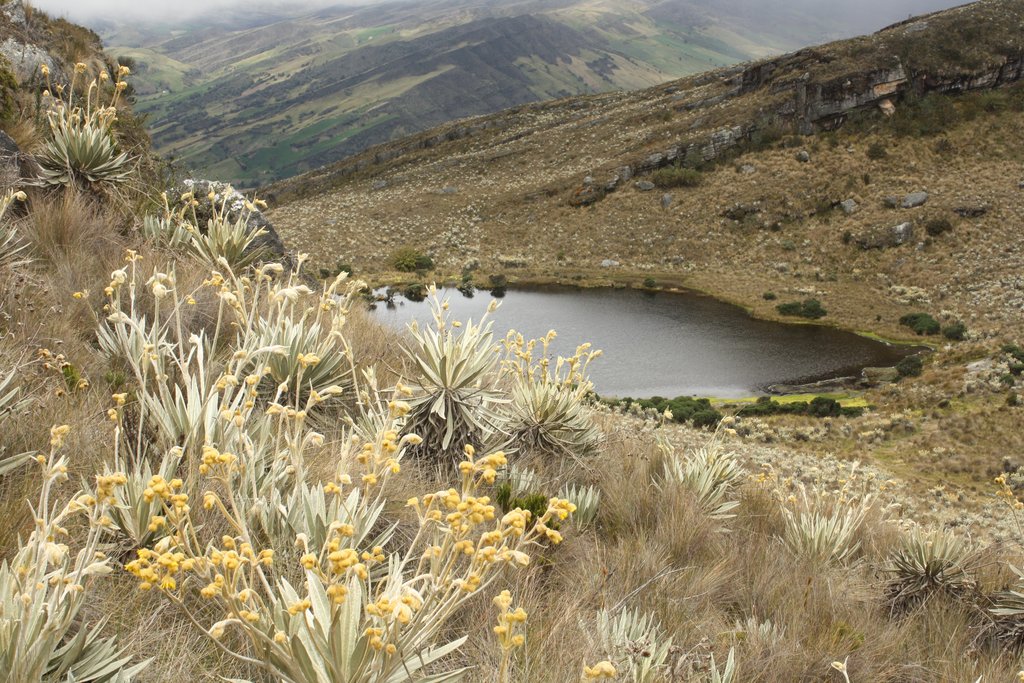
The Páramo of Sumapaz is the world’s largest Páramo (Neotropical high mountain biome), a unique and fragile ecosystem found only in the Andes Mountains, with altitudes reaching 4000 meters. Reaching the area involves a 1.5-hour drive from Usme (southern Bogotá), so an early departure is required, ensuring you have ample time to explore this vast and captivating landscape.
Sumapaz offers stunning open vistas across the departments of Cundinamarca, Meta and Huila, showcasing the vastness and beauty of the Colombian landscape. You are likely to experience a variety of climatic conditions, including wind, rain and sunshine, so come prepared with appropriate clothing, adapting to the unpredictable weather patterns of the high-altitude environment. The area is a high-altitude desert and a sacred place for the Muisca indigenous people (who considered it the origin of mankind), holding deep spiritual significance and cultural heritage. The area is now a protected as it is a source of water for the Bogotá region, recognizing its vital role in sustaining the city’s water supply.
On the way through the national park you’ll spot fragile desert plants, adapted to the harsh conditions of the páramo, wildflowers, adding pops of color to the landscape, and fields of espelita (frailejónes) plant, unique and iconic plants that characterize the páramo ecosystem. The landscape features rolling hills with numerous small lakes, creating a serene and picturesque environment. The area is also home to the Andean bear, one of the world’s most endangered bear species, highlighting the importance of conservation efforts in this fragile ecosystem.
The park is large with various areas to visit so a guide is recommended to bring you to the best places for hiking, ensuring a safe and informative experience. Bring warm weather clothing and rain gear, preparing for all types of weather conditions. Pack layers to adjust to the changing temperatures and protect yourself from the elements.
- Where: PNN Sumapaz, a 1.5 hour drive south of Usme in south Bogotá.
- When: Daily, offering flexibility in planning your visit.
- Duration: Minimum 6 hours including driving and nature walks, allowing ample time to explore the park’s diverse landscapes and ecosystems.
Chicaque Parque Natural
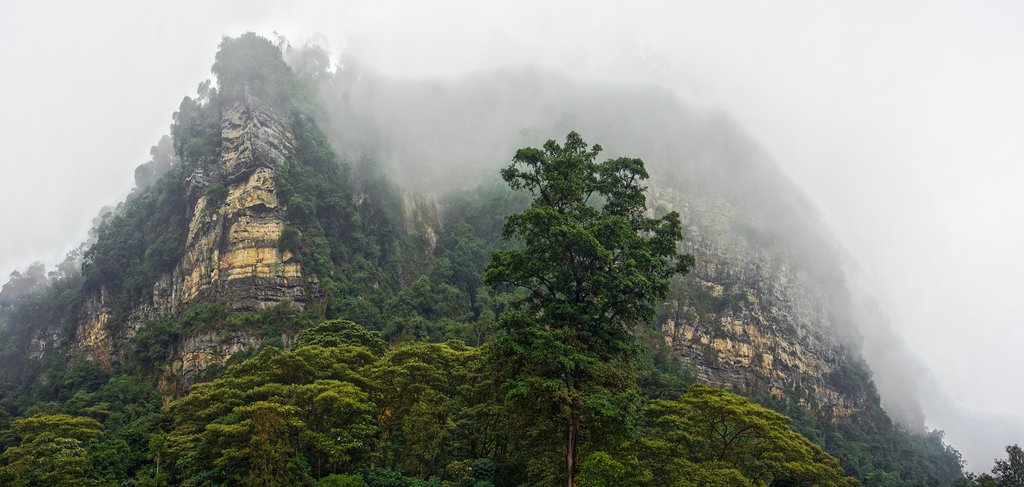
The small Chicaque Parque Natural, located a 30-minute drive from Bogotá, offers a tranquil escape into nature, featuring over 20km of well-marked hiking trails through the cloud forest. Immerse yourself in the lush vegetation, breathe in the fresh mountain air, and discover the diverse flora and fauna of this unique ecosystem. You can stay overnight with campsites and cabins available to rent, allowing you to extend your visit and fully immerse yourself in the park’s natural beauty. The area appeals to walkers and birders: there are an estimated 300 different species of birds in the park, making it a paradise for birdwatching enthusiasts. Sloths, llamas and deer are some of the animals you might spot, adding to the thrill of exploring the park’s diverse wildlife. Biologist guides can be hired to show you through the park, providing valuable insights into the park’s ecosystem and wildlife.
There are options available for thrill-seekers too, including canopy rappelling from an 80-meter-high oak tree and a 340-meter-long zip-line over the cloud forest’s canopy. The zip-line reaches speeds of over 40 km per hour as you take in some breath-taking views of the Magdalena River valley in the distance, offering an adrenaline-pumping experience with stunning panoramic vistas. Horse riding is also available, providing a unique way to explore the park’s trails and enjoy the scenery.
Chicaque is reached by heading south through Bogotá to Soacha on the Autopista Sur. The park authorities provide a bus service from Terreros Station, check their website or call 317 432 1979 for more information.
- Where: San Antonio de Tequendema, 30 minutes west of Bogotá.
- When: Daily, offering flexibility in planning your visit.
- Duration: All day or a multi-day trip, allowing you to tailor your experience to your interests and time constraints.
Hacienda Coloma
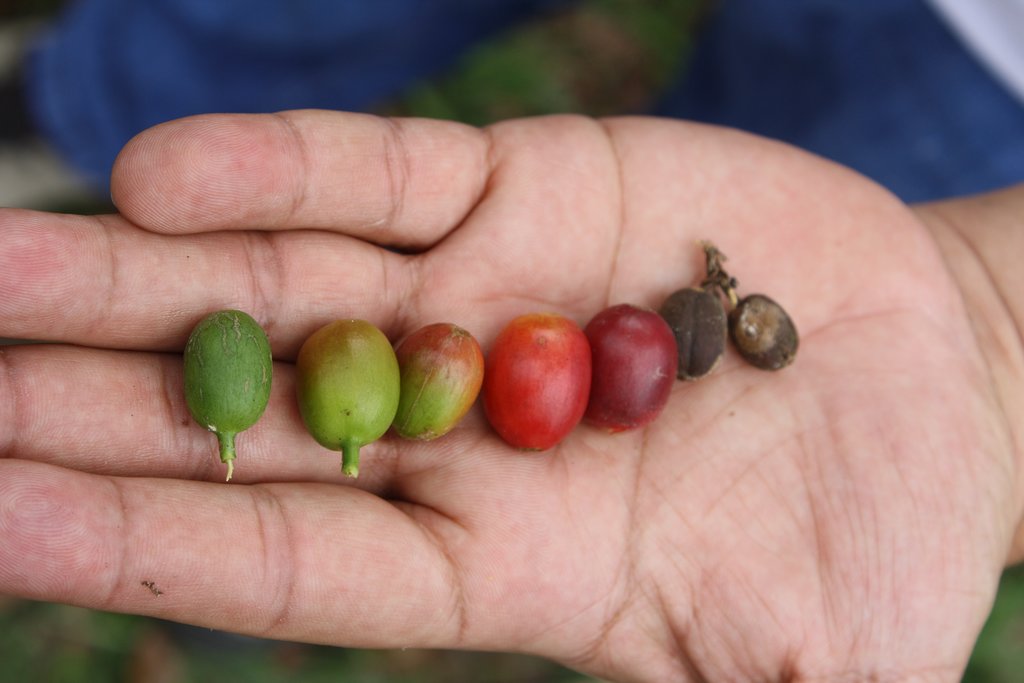
Hacienda Coloma is a working coffee farm located a 90-minute drive from Bogotá, offering a captivating glimpse into the world of coffee production. It’s a great place to learn about the production of coffee and sample some of the delicious local product, especially if you don’t have time to visit the Coffee Country in southwest Colombia, a region renowned for its coffee plantations and stunning landscapes.
During a 90-minute tour of the farm you will learn about all stages of the coffee making process, from planting the seeds to roasting the beans, gaining a comprehensive understanding of the journey from seed to cup. The science behind the production of coffee is truly incredible to behold, as you will witness how many stages the coffee bean passes through from seed to cup, from the meticulous cultivation to the precise roasting techniques. Learn about the different varieties of coffee beans, the impact of climate and altitude on flavor, and the art of brewing the perfect cup of coffee.
The perfectly tended red-trim farm is located on the outskirts of Fusagasugá, 62 km southwest of central Bogotá. Buses depart regularly from Bogotá to Fusagasugá, from where you can take a taxi to the farm, a convenient and affordable way to reach your destination. Bogotá-based tour companies also run tours here, it’s a popular day trip for travelers on a long layover at the airport and it’s an escape from the chillier climes of the capital.
Fusagasugá, which has a pretty church and town square, plus some worthwhile galleries and museums, is also worth a couple hours of exploration in particular if you have some interest in historical architecture as you can view some buildings dating back to the 19th century and designed to resemble homes in Coburg, Germany. Explore the town’s charming streets, discover its local shops and restaurants, and immerse yourself in its rich cultural heritage.
- Where: Hacienda Coloma is located in the city of Fusagasugá, 62 km from Bogotá.
- When: Open daily, reservations not needed for groups of less than 10 pax, offering flexibility in planning your visit.
- Duration: Full day tour, allowing ample time to explore the farm, learn about coffee production, and discover the charming town of Fusagasugá.
B-408

